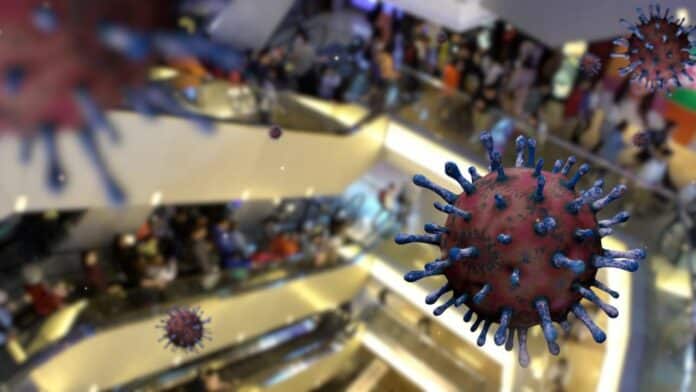Researchers from Universitat Rovira i Virgili and RMIT (Australia) created a silicon surface with small spikes. When viruses touch it, these spikes damage them, reducing infection by 96%. This technology could make labs with dangerous biological material safer and easier to manage for professionals.
Researchers have created a simple yet effective method to kill viruses: spiking them with tiny needles. This technique, involving ion bombardment of a metal plate, produces a surface with 2-nanometer thick hands that are 290 high. Using silicon for simplicity, this process requires no chemicals and holds high virucidal potential.
Baulin, who spent a decade studying nature-inspired methods for controlling microorganisms, draws inspiration from insect wings. He notes that nanometric structures in insect wings can pierce bacteria and fungi. The needles must be smaller due to virus size to combat viruses, like hPIV-3, which cause respiratory infections. Baulin highlights the safety of studying hPIV-3, an epidemiologically significant virus causing respiratory infections in children without fatal effects in adults.
The research team studied how viruses lose their infectious ability when touching the nanostructured surface, both theoretically and practically. URV researchers Baulin and Tzanov used the finite element method, a computational approach, to simulate virus-needle interactions. Simultaneously, RMIT University researchers conducted practical experiments, exposing the virus to the nanostructured surface and observing the outcomes.
The method is highly effective, turning off 96% of viruses within six hours of contact with the surface. The study confirms the virucidal effect, as the needles damage the virus structure or pierce the membrane. Applying this technology in risky places like labs or health centers can help contain infectious diseases, making these environments safer for researchers, health workers, and patients.
The research highlights the efficacy of mechanical methods in reducing viral infection ability by an impressive 96%. This innovative approach opens possibilities for improving safety measures in environments with potentially hazardous biological materials. The study’s findings provide a foundation for further exploration and practical implementation of this mechanical approach in diverse settings.
Journal reference:
- Samson W. L. Mah, Denver P. Linklater al., Piercing of the Human Parainfluenza Virus by Nanostructured Surfaces. ACS. DOI: 10.1021/acsnano.3c07099.
